Rethinking Landa NanoInk™ | Is the Ink Really That Revolutionary?
- Terry Clayton

- Jul 14
- 1 min read
As Landa navigates financial uncertainty and its intellectual property becomes a focal point, it’s worth asking a tough question: Is Landa’s NanoInk™ chemistry truly unique?
Having reviewed Landa’s ink patents, I reached a conclusion that may surprise you.

What's in Landa’s Ink?
Landa NanoInk™ is fundamentally a water-based pigment ink designed for blanket transfer. It contains:
Aqueous dispersions of nano-sized pigments
Water soluble and/or dispersible resin binders
Humectants, surfactants, and dispersants; much like other inkjet inks
Is the Nano Ink Novel?
Companies like Fuji, Kodak, and Cabot have been producing "nano"pigment dispersions for over two decades. The balance of the ink vehicle is based on chemistry widely used in conventional water-based inkjet inks. Claims on novel rheology behavior during heating/drying can be demonstrated on just about any water-based ink.
What’s Landa’s Innovation?
The novelty is in the process rather than the ink. Landa’s offset-style blanket transfer system prints onto a heated intermediate, allowing water to evaporate and then transferring only a "dry ink film" to the substrate. That enables higher image quality on low-cost substrates.
The ink itself is built using raw materials and amounts like conventional water-based pigment inks widely used today.
Landa's IP Value
Regarding Landa’s intellectual property portfolio; the key value lies in:
Blanket transfer technology
Novel drying design
System design and monitoring processes
Ink formulations? Maybe less so.
In an industry full of buzzwords, it’s worth separating marketing from chemistry and engineering. Landa made offset digital printing more viable not because of nanoparticles, but because of innovative substrate decoupling and transfer design.
That’s the real innovation and where I see the IP real estate.






Comments